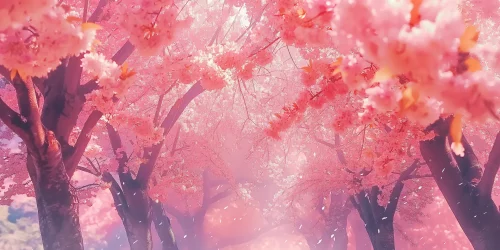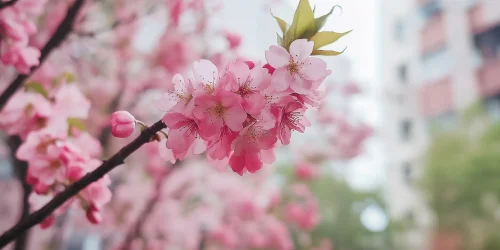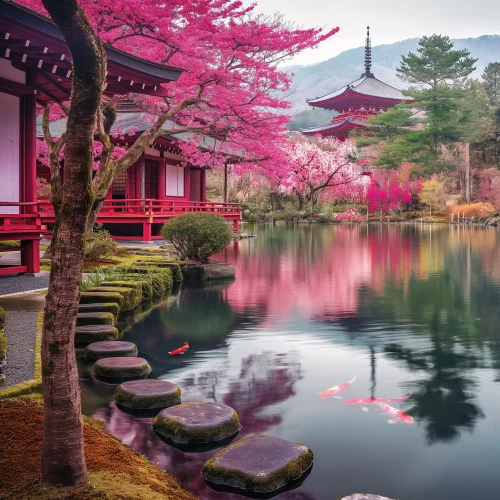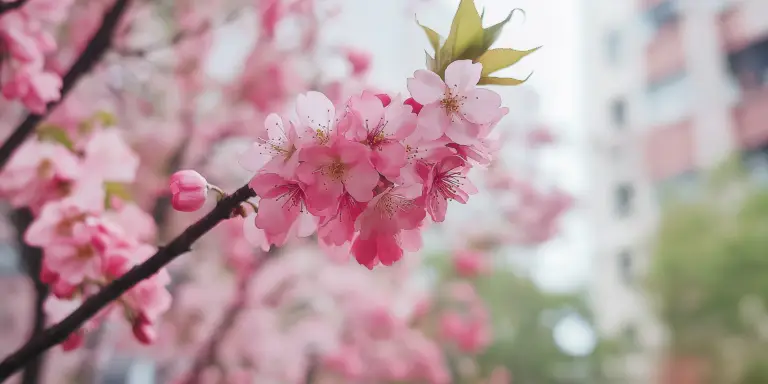Gion Matsuri, celebrated in Kyoto, Japan, is one of the most famous and grand festivals in the country, renowned for its historical significance and spectacular pageantry. Held throughout the month of July, this festival originally started in 869 as a religious ceremony to appease the gods during an outbreak of plague. Today, it has evolved into a vibrant celebration of Kyoto’s culture, community, and history.
Highlights of the Festival
- Yamaboko Junkō (Parade of Floats): The main highlight is the Yamaboko Junkō, or the parade of floats, which takes place on July 17 and again on July 24. This parade features two types of floats: the towering “Yama” and the larger “Hoko,” which can be up to 25 meters tall and weigh up to 12 tons. These floats are intricately decorated and are wheeled through the city by teams of men in traditional dress, showcasing Kyoto’s craftsmanship and artistic heritage.
- The Night of Yoiyama: The nights leading up to the main parade are called Yoiyama. During these evenings, the streets of Kyoto come alive with night markets, street food, and lantern-lit floats. Locals and tourists alike stroll through the city, enjoying performances and the festive atmosphere. The floats are stationed throughout the central city, and many have treasures and tapestries on display.
- Gion Bayashi (Musical Performances): Traditional music, known as Gion Bayashi, is an integral part of the festival. Musicians on the floats play flutes, drums, and bells, adding a rhythmic soundtrack to the visual spectacle.
- Purification Rituals: The festival also includes various Shinto rituals, one of which is the purification of the floats and participants to ward off evil spirits and ensure a year of good health and prosperity for the city.
- Mikoshi Procession: On the final day of the festival, three portable shrines (mikoshi) are carried from Yasaka Shrine through the streets, symbolizing the temporary return of the gods to their home shrine after watching over the city’s festivities.
Cultural Significance
Gion Matsuri is not just a festival; it’s a living tradition that fosters a sense of community and continuity in Kyoto. It’s a time when the city’s residents engage with their history, performing the same rituals and parading the same floats that their ancestors have for centuries. The festival also draws international visitors, who come to experience the rich cultural tapestry of Kyoto.
For anyone visiting Kyoto in July, Gion Matsuri offers a unique and unforgettable glimpse into the heart of Japanese culture and tradition, full of color, sound, and communal spirit.









